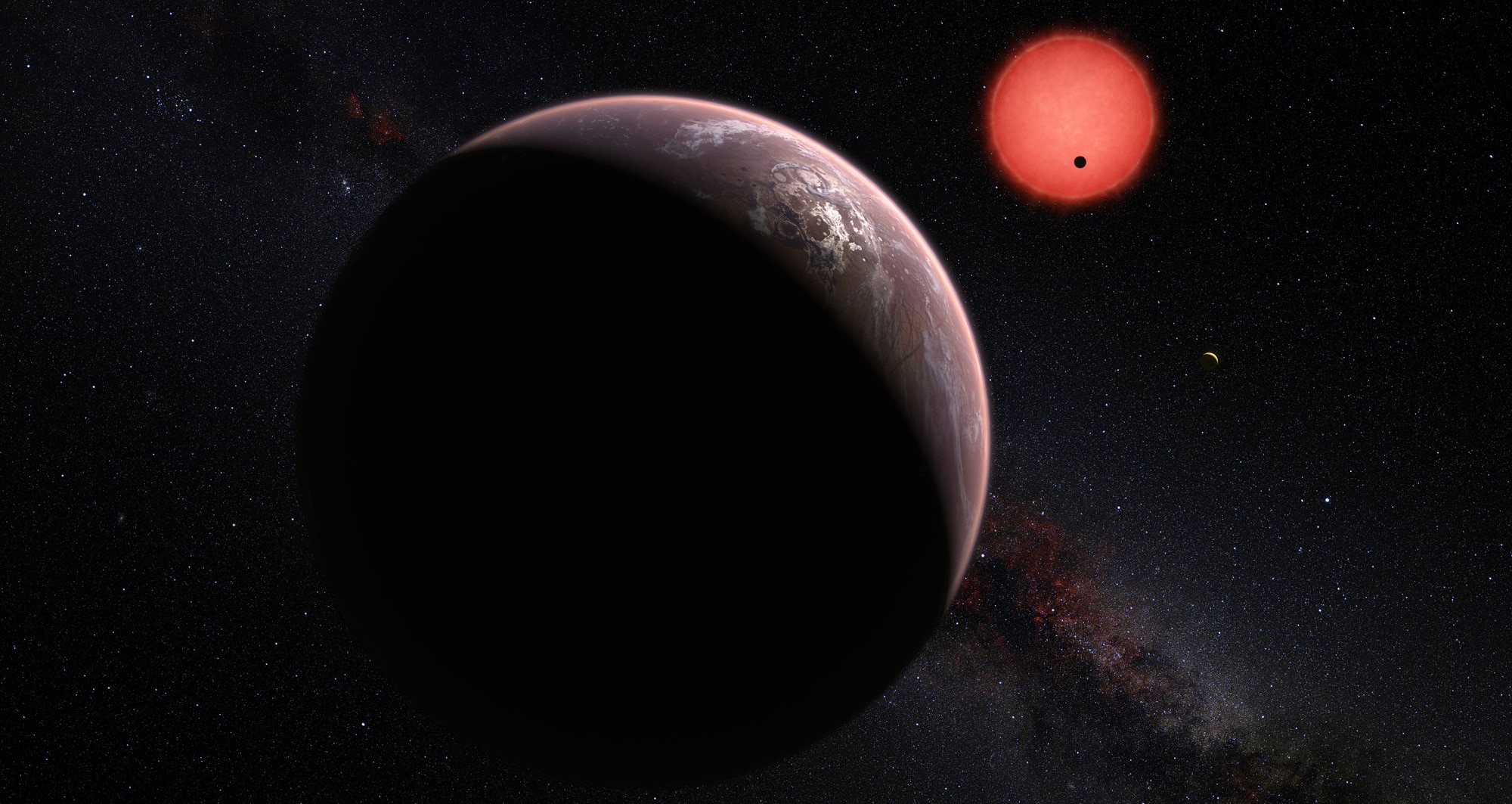Create a free profile to get unlimited access to exclusive videos, sweepstakes, and more!
Science Speed Dating

I had the pleasure of attending the 2018 San Diego Comic-Con. I was invited to moderate a NASA panel on exoplanets, with the twist of looking at them through the lens of science fiction. How do the planets we discovery compare to those seen in Star Trek, Stargate, and so on? And how do shows like The Expanse that stick to “hard science” — firm adherence to known science, or extrapolation as needed but sticking to the rules created — depict worlds we already know (like asteroids and moons of outer planets)?
So I had the burgeoning field of exoplanetary science on my mind when I got a second invitation to SDCC: This time by my lgood friends at the Science and Entertainment Exchange, a group (a program of the National Academy of Sciences!) to work with the entertainment industry to get a better portrayal of science and scientists in venues like TV shows, movies, and games.
They were setting up an event called “Science Speed Dating”, which (despite its name) is a panel where a few scientists talk about something exciting going on in their field… but the kicker is they only have 5 minutes to do it, and they can’t use any visuals. So no graphics, nothing but their own voice and enthusiasm.
That sounded like a lot of fun, and I love the Exchange, so I agreed immediately. It turned out to be a good choice. I had a blast.
The event was live-streamed by Skybound Entertainment, and the folks involved were me, my pal and fellow astronomer Clifford V. Johnson, biochemist Jaime Marach, Google software engineer Anthony D. Mays, and economist Alison Sanchez, agricultural researcher Bobby Williams, with the whole thing moderated by Eric Heisserer, who wrote the screenplay for the wonderful movie Arrival.
It was a lot of fun! And again, with exoplanets on my brain (especially since I had just given a TEDxBoulder talk on that very subject) I decided that would be a good topic for my, um, speed date. I suggest you watch the whole event because it’s really interesting, but if you care my bit starts at 13:33.
I am not an exoplanetary scientist; in my research career I studied supernovae and the gas around dying stars. I did start to get into brown dwarfs, objects intermediate in mass between planets and stars, right around the time the first exoplanets were discovered. Had I stayed with research as a career I might’ve gotten more into exoplanets. I wonder how that would’ve gone…? But I’m pretty happy how things turned out anyway! And I still get to write and talk about them, which I love doing.
I put together some notes for the Speed Dating event, something to go by as I talked. I didn’t memorize it, but I tried to hit as many of the important parts as I could. For your convenience, here’s that kinda-sorta notes-cum-transcript. Enjoy.
For all of human history until 1781, you could count all the known planets in the universe on two hands. Then William Herschel discovered Uranus, and in 1846 Neptune was discovered. But even then, until the 1990s you could still count all the known planets in the universe on two hands.
Astronomers had looked of course, around our own sun for more planets in our solar as well as, crucially, other stars. But stars are bright and planets faint, and our tech wasn't up to it.
That all changed in 1992. Astronomers announced the discovery of not just one planet but two, orbiting a pulsar. Given that this is the dead cinder of star, the remnant of a freaking supernova, that came as something of a surprise.
And once we knew exoplanets were actually out there we came up with lots of other ways to find them. The reflex method, the transit method, direct imaging, gravitational lensing... I don't have time to go into details. This is “science speed dating”, not “science long-term relationship”. But gravitational lensing is so cool! But nope. Not gonna go into details. A first date should leave some sense of mystery!
Now we have whole observatories dedicate to finding planets, orbiting telescopes that do nothing but try to find more. And oh my, do they. There are over 3,000 known and confirmed exoplanets, planets orbiting other stars! Enough to start categorizing them, understanding how they behave, even how they formed.
The goal — well, not the only goal, but don't let astronomers fool you, it's the goal — is to find another planet like Earth. Now, we know there are other kinds of environments suitable for life, even in our own solar system. There's liquid water under the surface of Jupiter’s icy moon Europa, and Saturn's moon Enceladus. And even Saturn's moon Titan could have life, though it would be way different than us, and Titan's certainly not Earth-like. Water is frozen harder than granite there, and there are lakes of liquid methane on its frigid surface.
But those don't look like home. There's something about a warm, watery, blue green world that calls to us. We're very, very close to finding one like that, a clement alien world orbiting an alien star. And that's why I love this new field of astronomy, exoplanetary science.
We've always wondered if we're alone. Our progress in exoplanetary science is a major step toward finding that out.


























